Our school is 81% white according to US News. Most students are aware that our school lacks diversity, but not how this actually affects students. Because our school is predominantly white, students are often unaware of other cultures. Some ways for students to bridge this gap are by opening ourselves up for new experiences like service projects or taking the time to learn about other ethnicities’ history. Doing these things can help white students be less stuck in the bubble that is our school.
Not making an effort to know other cultures and races can create internal biases against people of color. Sophomore David Johnson, a Black student, explains how some students treat him when they only see depictions of people of color on television.
“[Students] come at me using slang and African American Vernacular English, but I don’t actually talk like that. On top of that, [they make] assumptions based on how I would look,” Johnson said. “If you don’t fit into the bubble of sorts, you’re going to be looked at as weird, and you’re going to be labeled with a bunch of words that aren’t very nice.”
Microaggressions like these are avoidable, we just need to understand how to recognize them. Creating assumptions about someone is never okay, especially when using harmful stereotypes. While I am white, it’s up to those who are white to ensure that our school feels accepting to people of color.
According to a Harvard study, schools lacking diversity in race tend to have students who have a “profound lack of creative empathy,” meaning that the white students have trouble envisioning what life different to theirs looks like, especially when it comes to living in a marginalized society.
While it’s true our school cannot control who attends it, there are ways our community can attempt to fix the ignorance that causes microaggression. Junior Davin Bickerstaff describes the ways that her past schools have helped their peers understand other cultures.
“[My old school] had an association of Asian kids,” Bickerstaff said. “We would celebrate AAPI month by bringing all sorts of different cultural stuff of our own to school, and I thought it was nice to have little days dedicated to celebrating early cultures. We had seminar parties so they brought food from very different cultures, or sometimes we would wear clothes from a culture.”
Having an understanding of the different ways that people live is not only respectful of those who celebrate different cultures, but it will also help when students eventually leave the bubble of Shawnee and come into contact with more diversity. The amount of racism that I see casually everyday that goes without consequences makes me feel disappointed in our community.
One great way to ensure you’re becoming aware of others’ cultures, while also opening up your eyes to more of the world, is by volunteering. Volunteer Coordinator from the United Methodist Open Door Communities Booker Jones explained exactly why helping others is a great way to improve your well-roundedness overall.
“[Open Door is] such a diverse community, not just ethnically, but also as far as our beliefs,” Jones said. “We try to communicate and just express love knowing that we don’t care who you are, or the color of your skin or whatever language you speak.”
Volunteering is helpful because seeing other people’s beliefs and lifestyles creates better comprehension and compassion that is appreciated in the real world.
An easier way to get an insight on other ethnicities’ history is to invest in watching movies, documentaries and shows that are created by people of color that portray their experiences. Films like “The Hate U Give,” “13th” and “The Florida Project” all bring awareness to the lives that a lot of people have to experience and the history behind why.
What I hope people can understand is that while jokes and offensive words can seem harmless, microaggressions and unintentional racism can be damaging students at our school. Stereotypes also play a part in making our students feel unwelcome and out of place.
As a white person in a predominantly white school, it’s our job to learn and understand the history of racism in America. Making a difference in your actions to quit supporting the systemic racism that’s occurred throughout our country’s history also makes a difference in how students at our school feel, hopefully leading to a better community.



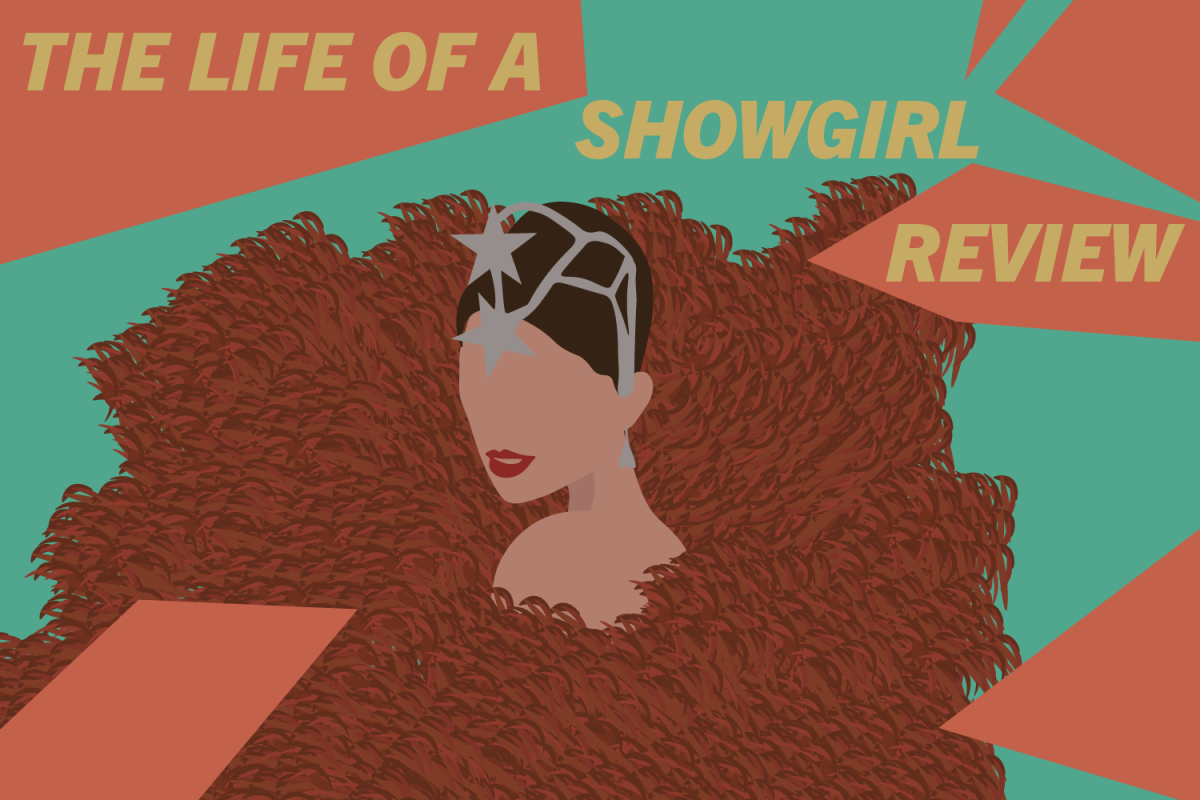

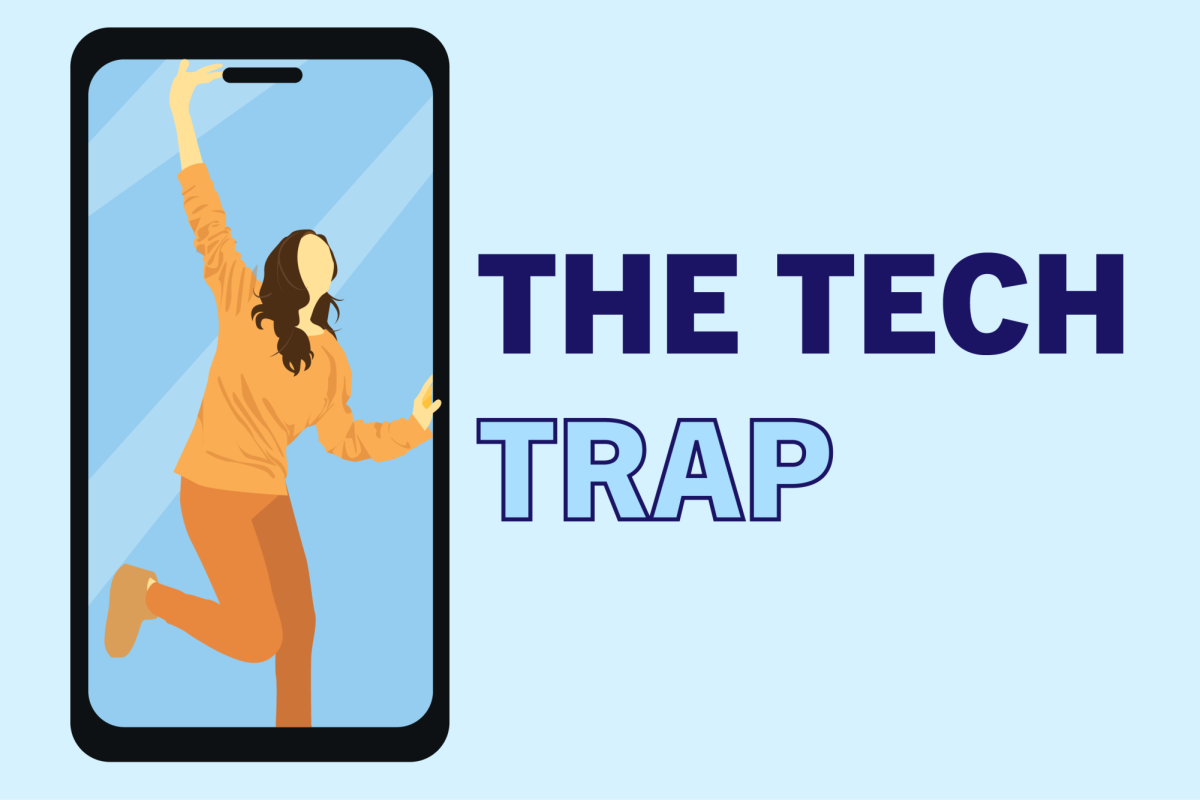
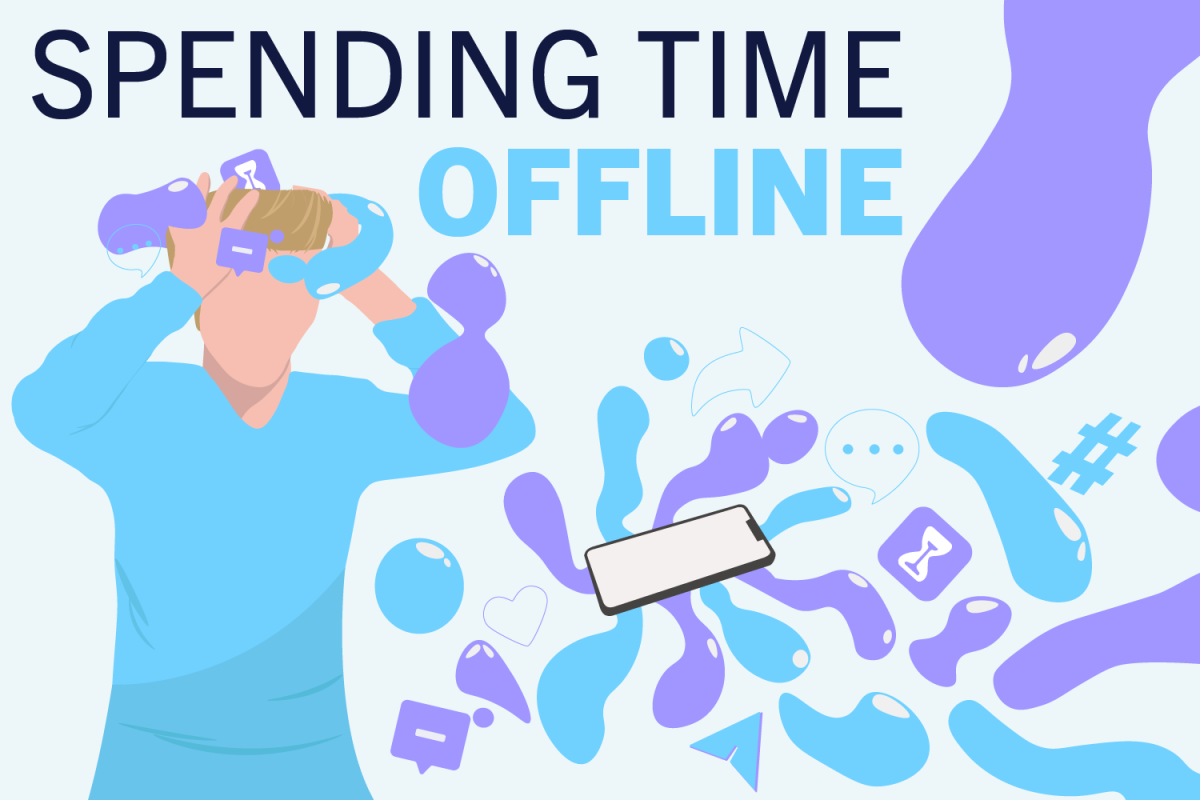
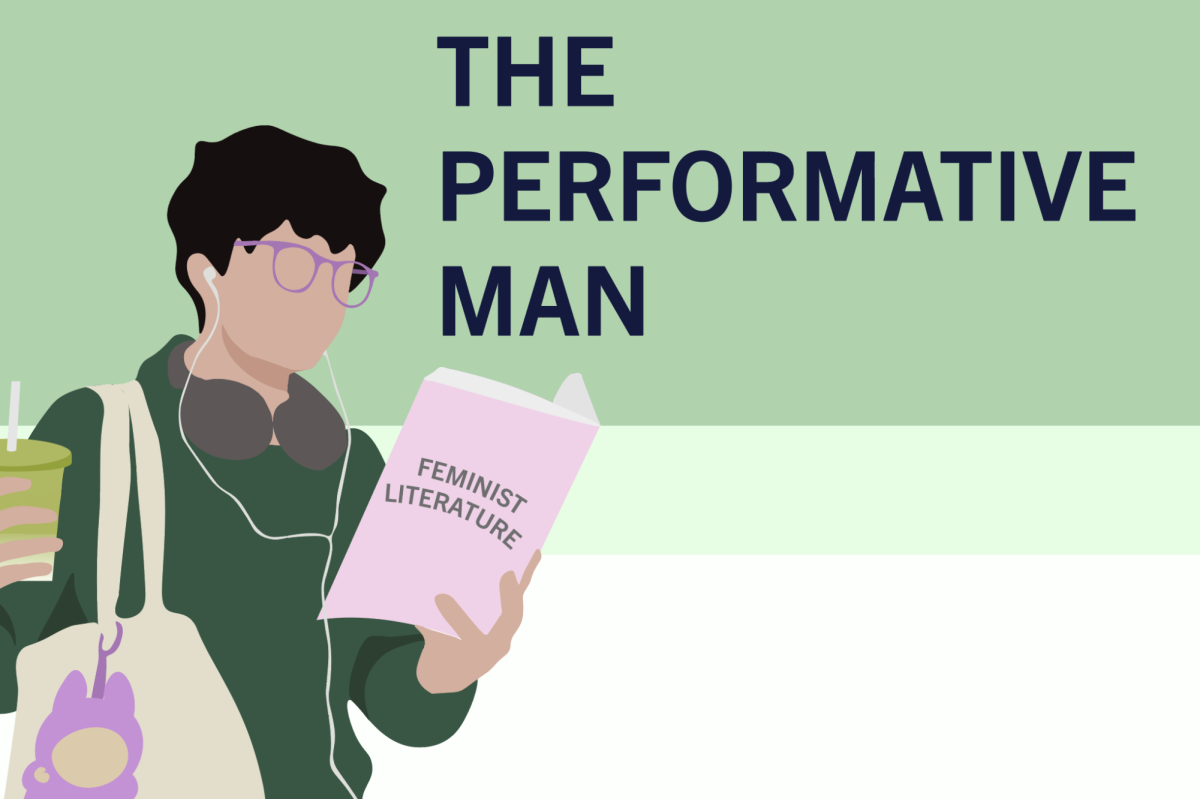

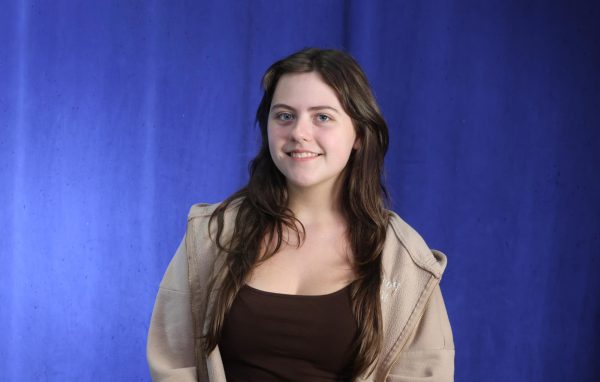
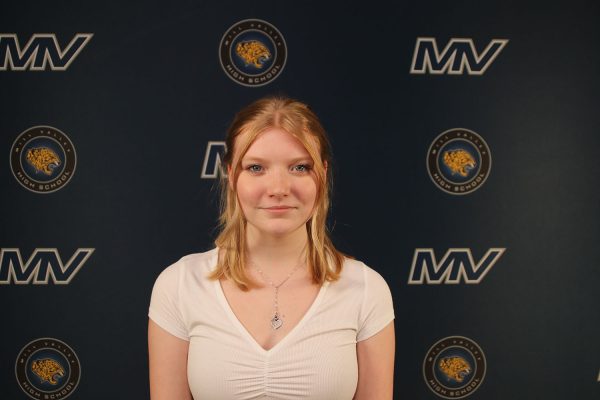
Rose Booker-Jones • Feb 21, 2024 at 8:43 am
Excellent work. Thank you for reaching out and reaching in.
Rose Booker-Jones
Open Door Volunteer Coordinator